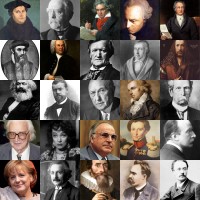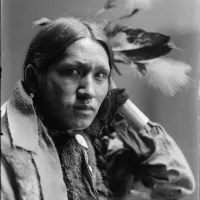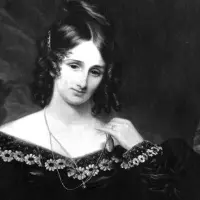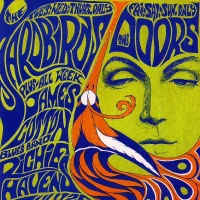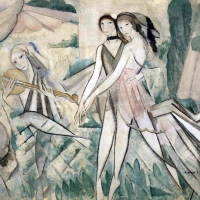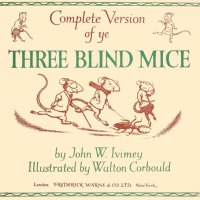 September
29
September
29
Tags
Breaking Boundaries in TV Drama
 On the 29th of September 2013, the long-awaited final episode of American drama Breaking Bad (2008-2013) was aired to U.S. television audiences. Vince Gilligan’s AMC TV series turned out to be a complex and complicated work of cinematic art. The most striking first impression is the film’s atmospheric intensity. The warm hues of the American southwest landscape with its barren expanses are offset by close and shady urban spaces in which intimate dialogues unfold. Overwhelming silences are punctuated by isolated or repetitive sounds. The very slowly unwinding story allows for what the film’s director of photography Michael Slovis describes as “real film-making”. As opposed to digital formats, Gilligan uses 35mm film, a basic gauge largely unchanged for the last hundred years. It feels as though a photographic exhibition of its stills would be as successful in conveying its atmosphere in print as on screen.
On the 29th of September 2013, the long-awaited final episode of American drama Breaking Bad (2008-2013) was aired to U.S. television audiences. Vince Gilligan’s AMC TV series turned out to be a complex and complicated work of cinematic art. The most striking first impression is the film’s atmospheric intensity. The warm hues of the American southwest landscape with its barren expanses are offset by close and shady urban spaces in which intimate dialogues unfold. Overwhelming silences are punctuated by isolated or repetitive sounds. The very slowly unwinding story allows for what the film’s director of photography Michael Slovis describes as “real film-making”. As opposed to digital formats, Gilligan uses 35mm film, a basic gauge largely unchanged for the last hundred years. It feels as though a photographic exhibition of its stills would be as successful in conveying its atmosphere in print as on screen.
The narrative is so perfectly conceived that you never see things coming, but they make perfect sense. Not even the smallest dialogue is an incidental filler. The best cliff-hangers are psychological, the most disturbing dramas unfold within the minds of the characters who are well-grounded and do not change their core traits over time; these seem to have been cemented before the very start of the film. Their humanity comes across in their personal vulnerabilities. Humour permeates its sparse and often tense dramatic fabric. Oddly referred to as a ‘dramedy’, its viewers, including writers such as Stephen King or Chuck Klosterman, agree it doesn’t look like anything else on TV. Nowhere else would you find street slang like that of Jesse as a retort to  Walter’s highly educated science jargon. Chemistry, scientific ingenuity and experiments are made to look like fun, the viewer turned into an inexperienced participator eagerly anticipating their outcome.
Walter’s highly educated science jargon. Chemistry, scientific ingenuity and experiments are made to look like fun, the viewer turned into an inexperienced participator eagerly anticipating their outcome.
This is a series which induces compulsive binge-viewing. Its unpredictability is bewildering and it leaves us with numerous unanswered questions, very much like real life. The deepest and most controversial one challenges the shift in morality in the face of imminent death. No other current product of popular culture has lately received as much academic attention as this series. In a Harvard University IOP article by I. Kahloon as well as the essay collection Breaking Bad and Philosophy (2012) by scholars D. Koepsell and R. Arp, it becomes evident what a difficult position the viewer is ultimately thrust into: Can we remain loyal to a series where the hero becomes the villain? Ultimately, it comes down to the viewer to decide.
